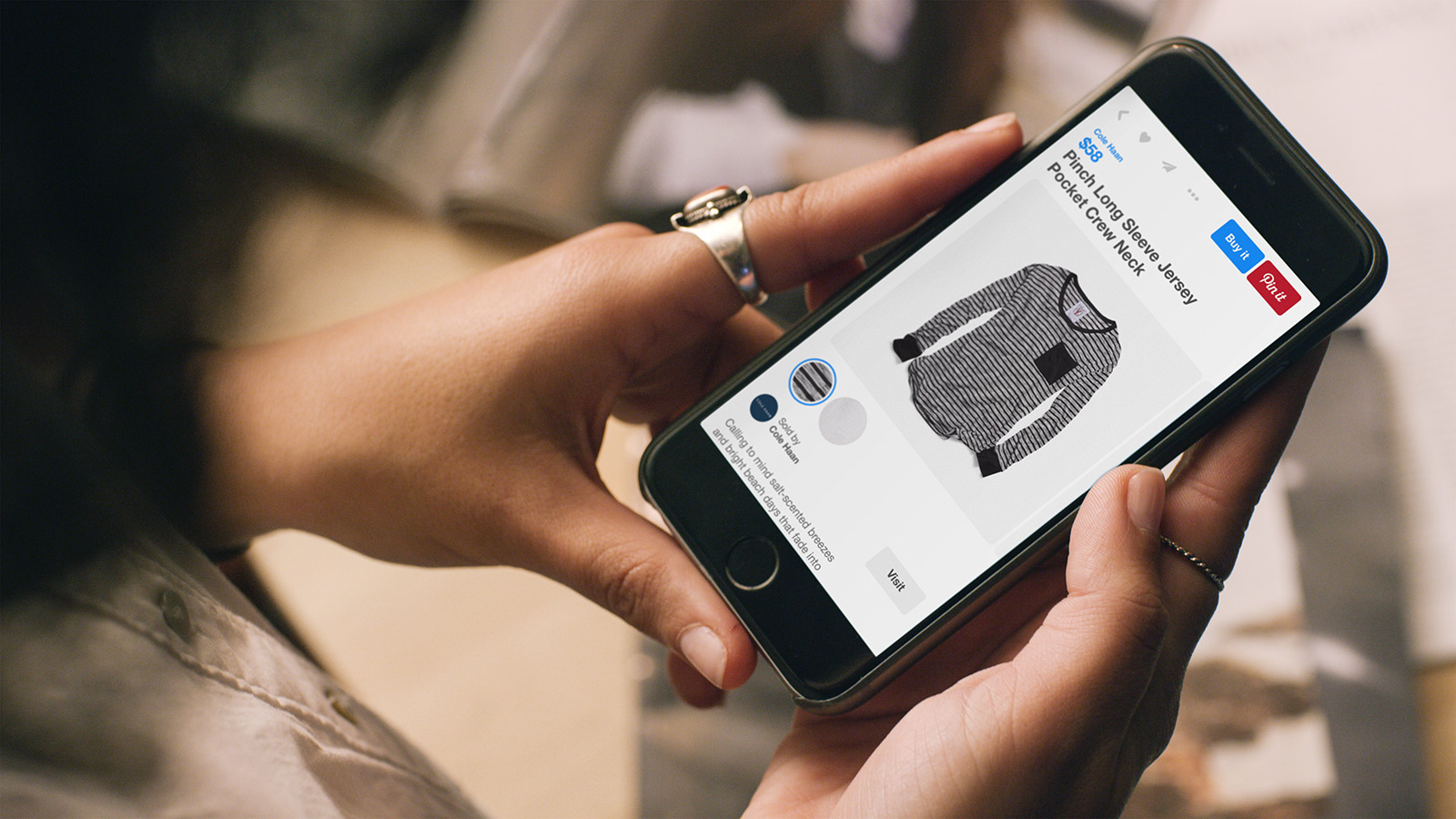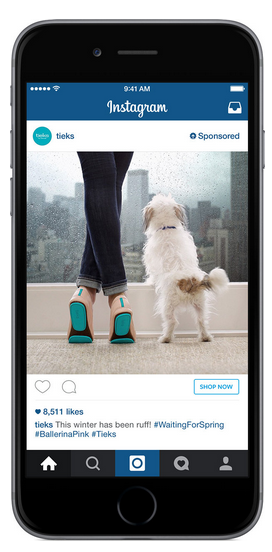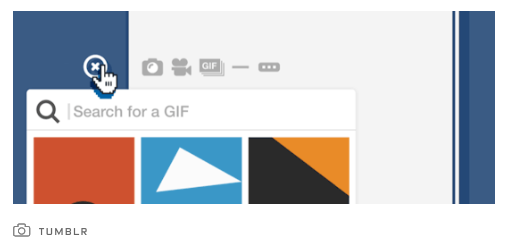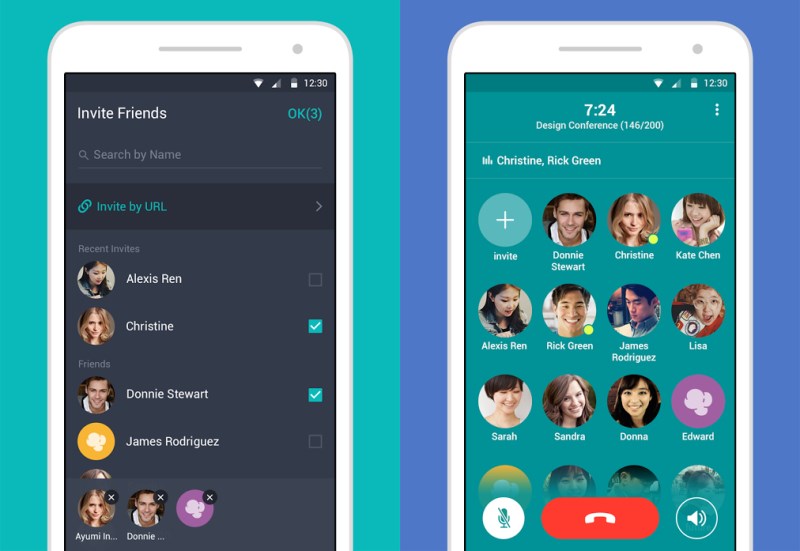The week in social: Buyable Pins, Instagram ads and Facebook Lite
Pinterest introduces Buyable Pins
Pinterest debuted the new Buyable Pin feature, which now gives users the ability to click a ‘buy’ button on a pin to purchase a product using a credit card or Apple Pay. Rich pins will be indicated with a blue price, meaning you can buy it straight from Pinterest. Users can also filter by price, size or color. At the moment there are no additional fees nor do merchants pay commission; however, there may be plans to charge retailers with fees as the feature gains traction. iPhone and iPad users can expect to see the button in late June.

Read more on Pinterest Blog.
Microsoft acquires 6Wunderkinder
In an effort to provide users with even more methods of productivity, Microsoft announced its acquisition of 6Wunderkinder, maker of the to-do list app Wunderlist. The purchase comes just a few months after Microsoft’s acquisition of email app creator, Acompli, and calendar app maker, Sunrise. Within 5 years, Wunderlist has grown to over 13 million users, totaling over 1 billion to-dos.
Read more on The Verge.
Instagram opens advertising to all marketers
Instagram users can now expect to see more ads within their feed as the photo-sharing app is giving all advertisers access to its coveted ad space. Similar to Facebook, targeting options will include age, location, interest, gender and more. Instagram will also begin testing ads that allow users to click a “buy” link for a direct purchase or to install an app. Instagram’s current ad options already allow users to click through to a website upon viewing the ad.

Read more on New York Times.
Tumblr now lets users search for GIFs
Last week Tumblr introduced its new GIF search feature allowing users to find specific GIFs within the platform. When posting content, users will be provided with an option to search for a GIF pertaining to a specific genre or emotion. This alleviates the trouble users have finding GIFs and makes the search much simpler for the popular image format. As a result of this new feature, those who originally posted the GIF will not only be credited but also notified when their GIF has been used.

Read more on Wired.
Millennials look to Facebook for political news
According to a recent study by the Pew Research Center, it found that the majority of millennials (approximately 61 percent) obtain political news from Facebook at least once a week. For millennials Facebook trumps local TV as their preferred news source. The poll shows the increasing reliance upon Facebook as a media outlet and further supports the recent rollout of Facebook’s Instant Articles feature as a way to keep consumers within Facebook’s social perimeters.
Read more on Mashable.
Facebook launches Facebook Lite
In its push to on-board users in emerging markets, Facebook is launching Facebook Lite, a stripped down version of the app specifically for Android devices. The low-resolution app will be able to operate on slower networks or outdated phones while consuming less data. One way Facebook decreased data usage with the app is by requiring images to be tapped in order to load in full-resolution. Facebook Lite will be available to users in Asia, parts of Latin America, Africa and Europe.

Read more on Facebook Newsroom.
Facebook Messenger now enables map sharing
Facebook Messenger rolled out its newest feature, which enables users to share their location via maps. Users can click the “More” section within the app to send their exact location to a friend. Users will maintain control over what is shared, allowing information to remain private if they prefer. This is seen as an extension of the check-in feature on the core Facebook app, and also competes with other services such as Google Maps that allows users to send pins to contacts.

Read more on AdWeek.
YouTube launches music insights
YouTube launched its new Music Insights tool as part of Google’s YouTube For Artists initiative. The tool aims to show artists where they can plan their tours or concerts by seeing where they have the highest following. Artists will be able to learn which songs are most popular among their fans. Additionally, Music Insights will aggregate video views, including fan-uploaded videos, as a way for artists to better market themselves to record labels or radio stations. Though YouTube isn’t the only service to offer music insights, its intention is to become an artist’s go-to platform for analytics.
Read more on TechCrunch.
Line releases new app allowing 200 person calls
Mobile messaging service Line released Popcorn Buzz, its new group calling app for Android. Popcorn Buzz lets users talk with up to 200 people on an audio call simultaneously. To initiate a call users can send a group call URL via email, text or social network allowing other contacts to instantly join the call. Green dots on a user profile will indicate which user is speaking. Line also plans to release this feature to iPhone as well as add more features such as group video chat.

Read more on The Next Web.
Swarm allows users to direct message friends of friends
Earlier this week, Swarm announced that users can now direct message friends of friends via its app. The announcement comes after receiving attention of the release of direct messaging with current connections this past March. For users this means they will be able to direct message people with whom they have friends in common, as a method of potentially extending their networks. Users will then be notified and given the option to accept or block the person.
Read more on TechCrunch.
YouTube trusted for product reviews
With countless YouTube videos featuring product reviews and how-to tutorials, it’s no surprise that the video network is a powerful resource for its viewers. BuzzMyVideos and OnePoll surveyed 500 YouTube viewers ages 16-45 in the U.K., and discovered more than 25 percent of participants use online videos to learn about products. A majority of the participants said they were more likely to buy a product featured in a positive online review while 42 percent said YouTube is the most trustworthy source of product reviews.
Read more on AdWeek.